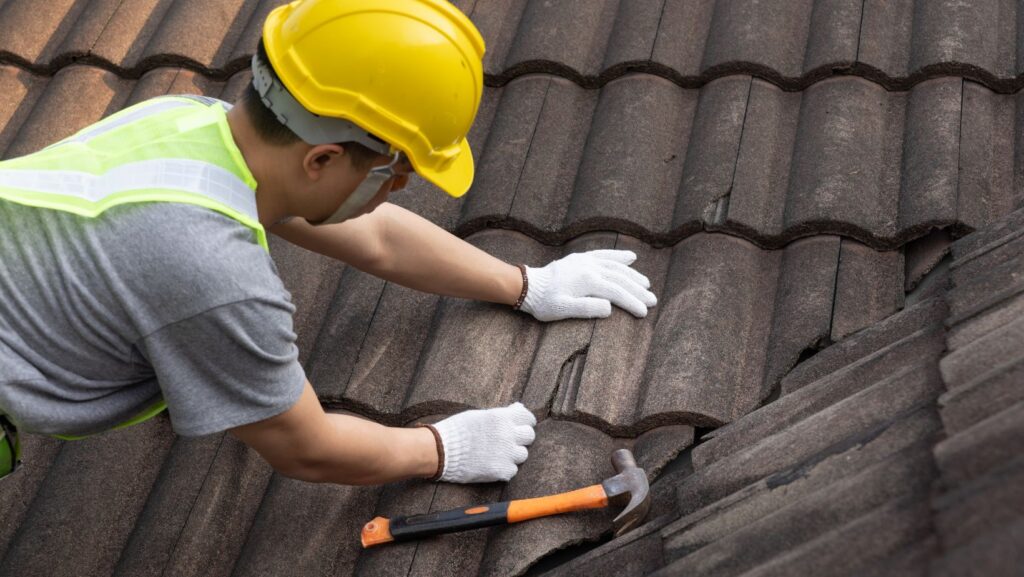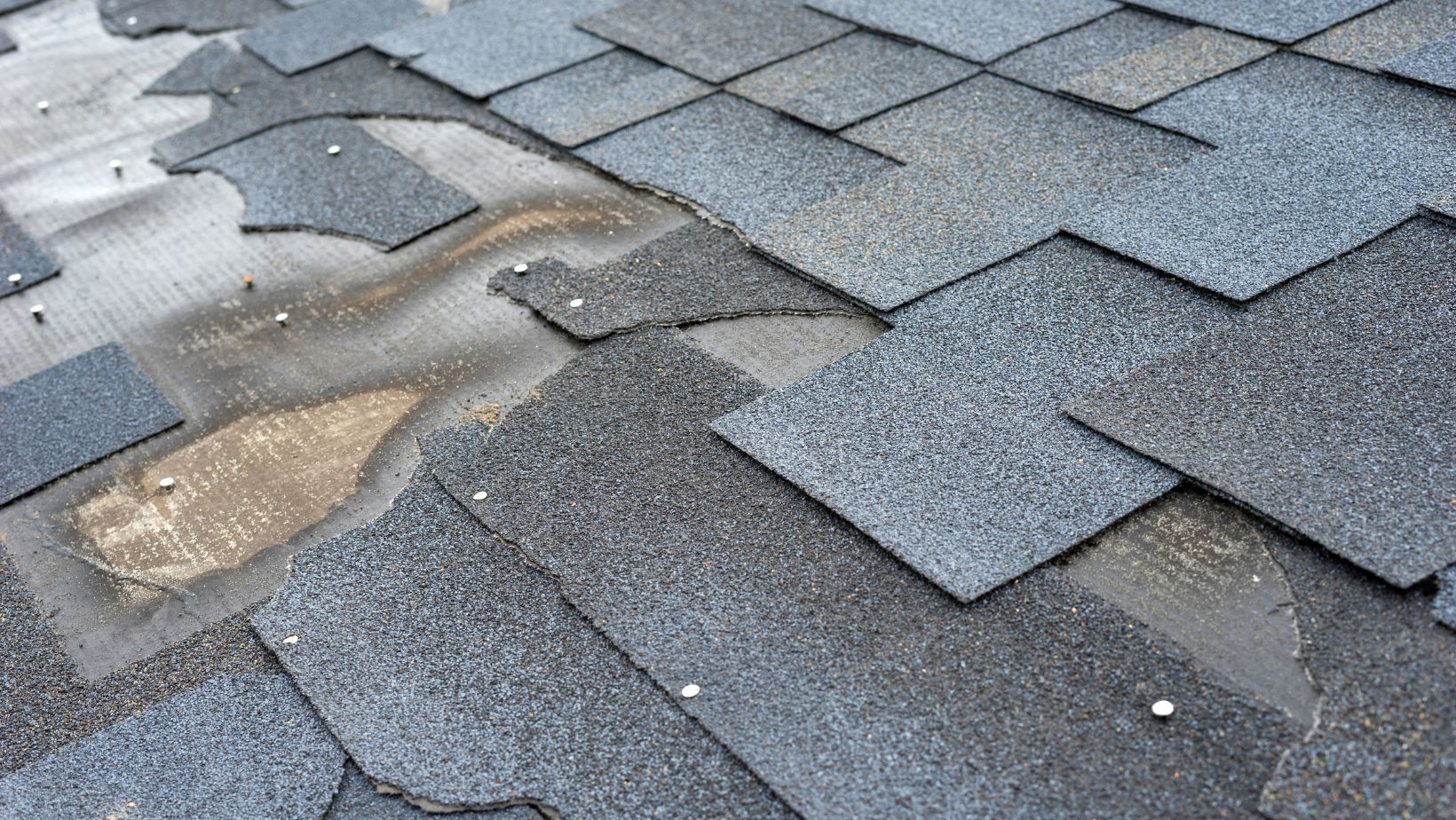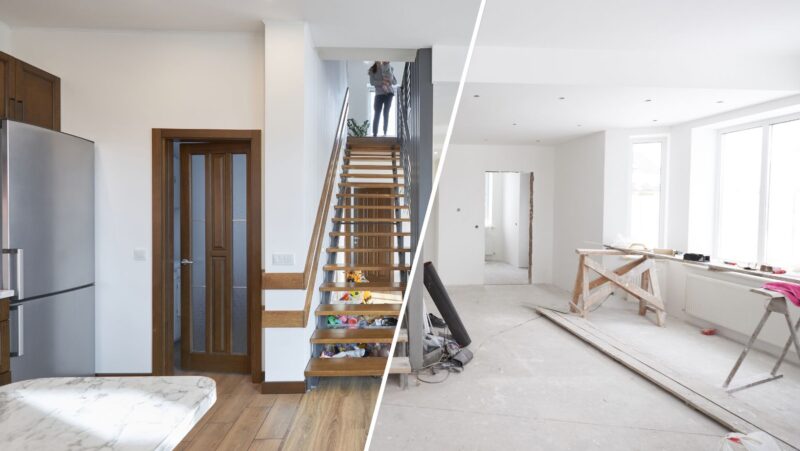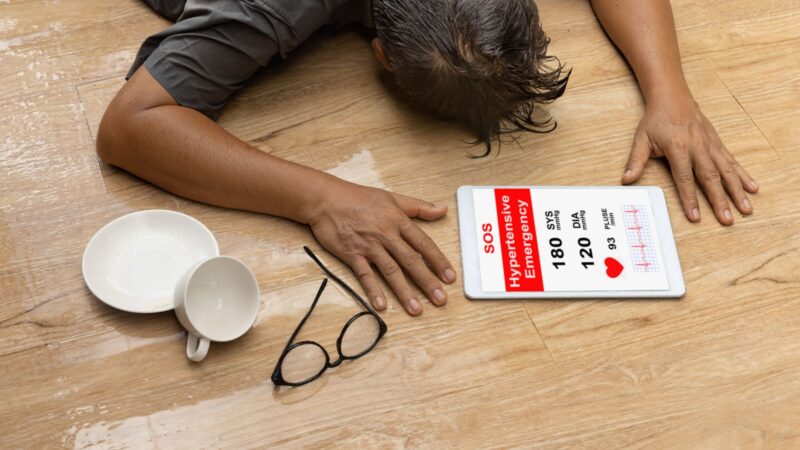
Flat roofs are a popular architectural choice for commercial and residential buildings due to their cost-effectiveness and functional benefits. However, maintaining these structures requires specific care, primarily because they are prone to water pooling and leakage.
Fortunately, technological advancements have introduced several innovative solutions that are transforming how flat roof repairs are conducted.
Understanding Flat Roof Challenges
Flat roofs face unique challenges that differ significantly from pitched roofs. The most common issues include water leakage, blistering, and membrane damage. Traditional methods of repair can be disruptive and often only offer temporary solutions.
To address these issues effectively, it’s apparent that the roofing industry is turning to technology for more durable and less invasive solutions.
Thermal Imaging Technology
One of the most revolutionary tools in flat roof repairs is thermal imaging. This technology uses infrared cameras to detect temperature variations on the roof’s surface, which indicate underlying moisture problems.
By pinpointing exactly where moisture has infiltrated, roofing professionals can target their repairs precisely, reducing the need for extensive and costly interventions.
The Role of Drones
Drones are becoming increasingly popular in roofing, particularly for inspecting flat roofs. Equipped with high-resolution cameras and thermal imaging capabilities, you can rely on these drones to safely and quickly survey large roof areas.
This not only speeds up the diagnostic process but also enhances safety by reducing the need for technicians to access potentially hazardous areas.
Materials and Techniques for Modern Repairs
Advancements in materials science have also led to the development of more effective solutions for flat roof repairs. Newer membrane materials such as PVC and TPO are highly resistant to UV rays, punctures, and chemical exposure. Kansas City Roofing professionals are now leveraging these advanced materials to ensure superior durability and protection for their clients.
These materials not only extend the roof’s life but also improve its overall performance against environmental factors.
Integrating Software for Better Management
Software solutions are also pivotal in modernizing flat roof maintenance. Specialized roofing software can help property owners and managers monitor the condition of their roofs, schedule maintenance, and respond promptly to potential issues.

This proactive approach is essential for extending the lifespan of a flat roof and ensuring its optimal condition.
Innovative Repair Techniques: Case Studies
Several case studies highlight the effectiveness of these new technologies. For example, a large commercial building in New York utilized drone technology to identify problematic zones on its expansive flat roof.
Subsequent repairs were carried out using advanced membrane materials, significantly reducing the frequency and severity of leaks.
Benefits of Tech-driven Solutions
The adoption of technology in flat roof repairs offers numerous benefits:
- Precision: Technologies like thermal imaging allow for precise identification of issues, ensuring that repairs are accurate and effective.
- Efficiency: Tools such as drones reduce the time needed to inspect roofs, making the process faster and less labor-intensive.
- Safety: Using drones for initial inspections minimizes the need for human technicians to be exposed to risky conditions.
- Cost-effectiveness: While the initial investment in technology might be higher, the long-term savings from more effective repairs and fewer disruptions are substantial.
Choosing the Right Technology
When considering integrating technology into flat roof maintenance, it is essential to choose the right tools to suit a property’s specific needs. Consulting with professionals who specialize in flat roofing can provide insights into the best technologies and materials for individual circumstances.
Future Directions in Flat Roof Repair Technologies
As technology evolves, the potential for even more advanced solutions in flat roof repair appears limitless. Innovations such as artificial intelligence (AI) and machine learning are on the horizon and are poised to revolutionize this industry further.
AI could enable predictive maintenance, where algorithms learn from historical data to predict future roof failures before they occur. This proactive approach could drastically reduce the need for emergency repairs, saving property owners significant resources.
Environmental Sustainability and Green Technology
Another critical development area is the integration of green technologies in flat roof repairs. Eco-friendly materials that are both sustainable and efficient are increasingly in demand.
These materials include recycled rubber and plastic composites, providing excellent durability and water resistance while reducing the carbon footprint associated with roof repairs.
Solar-reflective coatings are another innovative solution designed to reflect sunlight and heat away from the building, thus lowering cooling costs and improving the property’s energy efficiency.
These reflective coatings can be applied during the repair process, enhancing the roof’s functionality without compromising its integrity.
Challenges and Considerations
Despite the numerous advantages of using advanced technologies for flat roof repairs, some challenges must be addressed. The cost of implementing cutting-edge technology can be prohibitive for some property owners.
Additionally, there is a learning curve associated with new technologies; roofing professionals must stay updated through continuous education and training to handle these advanced tools effectively.

Furthermore, while technology can significantly improve the process, human expertise remains irreplaceable. Interpreting data from drones or thermal imaging cameras still relies heavily on skilled technicians. Their expertise ensures that the information technology provides is used correctly and effectively.
Regulatory and Standards Development
As new technologies are adopted, regulatory standards must evolve to ensure these innovations are implemented safely and effectively.
This includes standards for installing and maintaining new materials and the safe operation of drones and other electronic devices on job sites. Collaboration between industry leaders, technology developers, and regulatory bodies will be crucial in developing these standards.
Conclusion
The field of flat roof repairs is witnessing significant changes with technology integration. From drones to thermal imaging and innovative materials, these tools are not just addressing traditional challenges but are setting new standards in the industry.
For building owners and managers, embracing these technologies means more than just fixing roofs; it’s about investing in the future of their properties.










